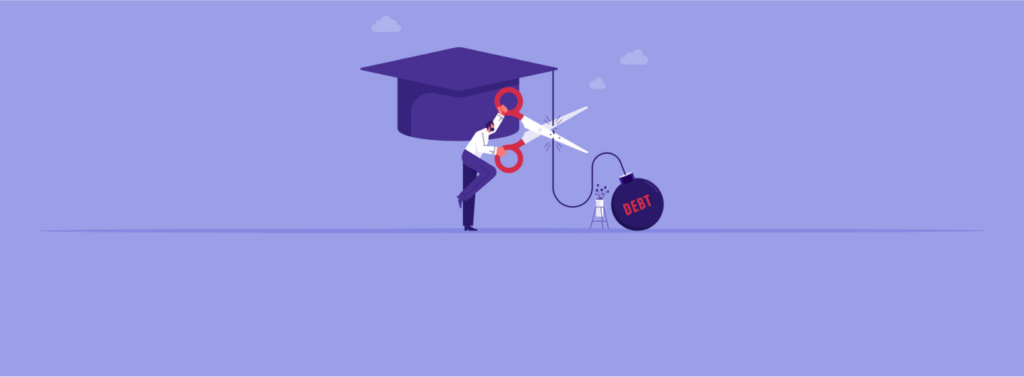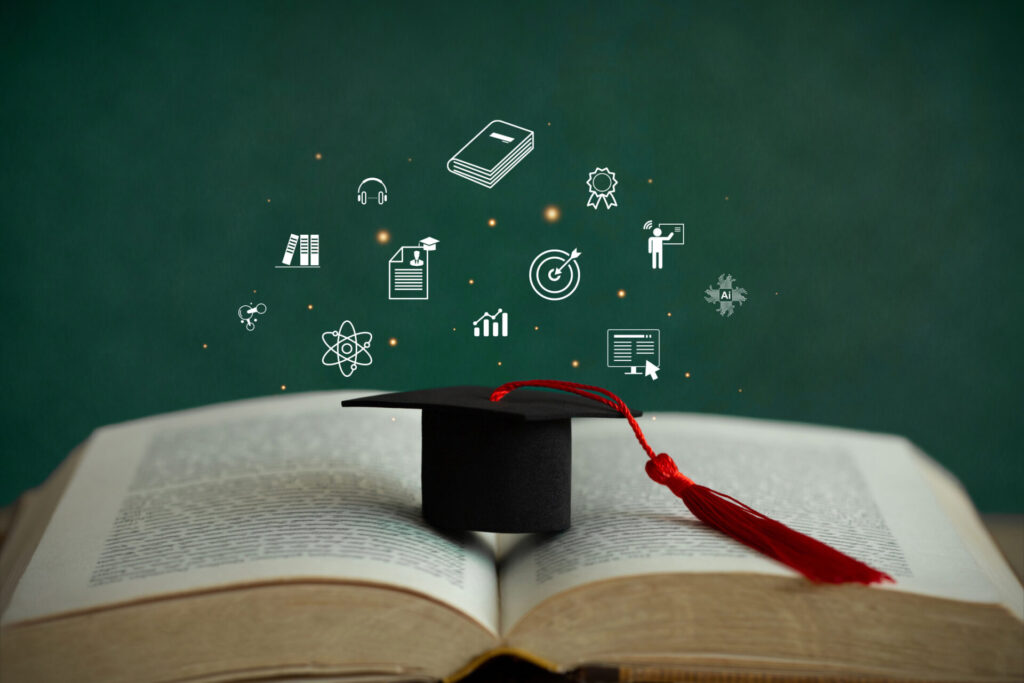As a result of the pandemic’s impact on schools, decades of progress in math and reading have been wiped out, especially for the students already most at risk.
That’s the warning provided by recent standardized testing of elementary school students, whose scores dropped to levels from two decades ago. It’s the largest drop in over 30 years.
Scores were already leveling off, or even dropping slightly, with education gaps increasing -– but test scores have plummeted following the pandemic. The drops are steepest among those who were already testing at the bottom, with the decline in math scores four times as high among the lowest testing students as it was among the highest.
That’s a problem for schools today, and for colleges tomorrow.
“The biggest reason to be concerned is the lower achievement of the lower-achieving kids,” Susanna Loeb, director of the Annenberg Institute, told the New York Times. “Being so far behind,” she said, “could lead to disengagement in school, making it less likely that they graduate from high school or attend college.”
Colleges are on alert: they have time to prepare for the possibility of a generation of students who need higher education but are less prepared for it. This is especially true of colleges that are trying to serve the needs of traditionally disenfranchised groups.
Personalize Support And Setting Your Own Pace Can Make The Difference
Standardized testing is a blunt instrument: it can tell us that there is a problem, but not why there is a problem or how to fix it. There are likely many different reasons students are falling behind, and no “one-size fits all” solution that will make everything better.
There are, however, new models of education that can provide a more individualized college experience for students. One of those is Competency Based Education, the model that Calbright uses.
Competency Based Education turns the traditional classroom sideways, evaluating students based on what they know rather than how much time they’ve spent in class. Students who already have a strong grasp of a subject can move faster, while students who need extra study time can take it without any penalty. It is the perfect system for groups of students who have different levels of experience and mastery of fundamentals. Students aren’t punished for what they don’t already know, and can learn at their own pace.
Calbright also uses a “high touch” model of online education, in which students have a great deal of personalized support: their own academic counselors, success coaches, career coaches, and easy access to professors, just to start. This means that students at Calbright don’t have to do it alone: they have a team of people to help them while they take their classes at their own pace.
This is how we set students up for success. Without new approaches like this, the education gaps are only going to get wider.



